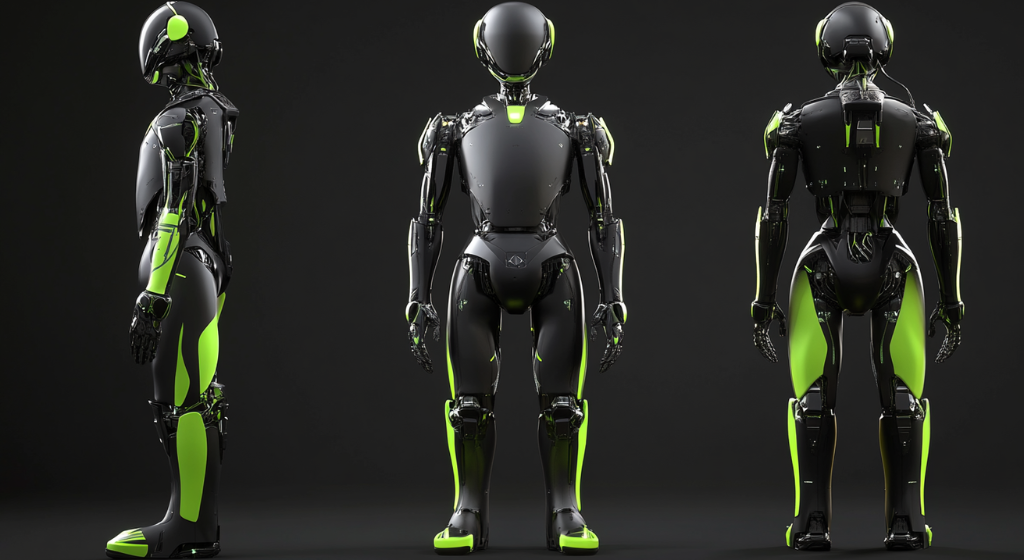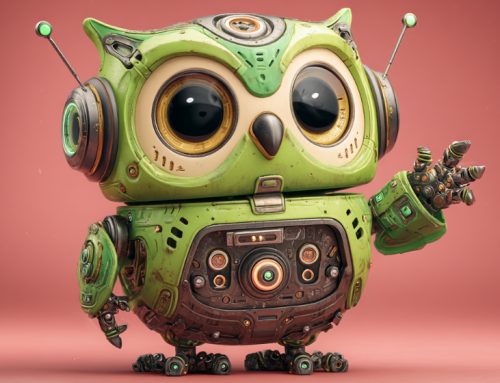
Nvidia’s new HOVER model is a compact neural network that controls humanoid robots with remarkable efficiency, using only 1.5 million parameters and adapting seamlessly across multiple input methods like VR and motion capture without fine-tuning. (Source: Image by RR)
Nvidia’s Lightweight Model Brings Flexible, Zero-Shot Control to Humanoid Robots
Nvidia researchers have developed a compact neural network called HOVER, designed to control humanoid robots with a high level of effectiveness while using far fewer resources than traditional systems. Unlike large language models that require hundreds of billions of parameters, HOVER operates with only 1.5 million parameters, yet it performs complex robotic tasks with remarkable efficiency. As noted in the-decoder.com, the system is compatible with various input methods, including VR headsets, motion capture systems, and standard joystick controls, allowing it to adapt to multiple ways of directing robot movements.
HOVER was trained in Nvidia’s Isaac simulation environment, which accelerates robot movement simulations by 10,000 times, allowing a full year of training to be condensed into just 50 minutes on a single GPU. According to Nvidia researcher Jim Fan, this rapid training capability enables HOVER to handle complex tasks effectively, as the extensive simulated training provides it with robust movement patterns and control skills that are critical for real-world application. The efficiency of this system has significant implications for advancing robotics without requiring the massive computational resources typically associated with training AI models.
One of HOVER’s key advantages is its versatility and capability for zero-shot transfer from simulation to physical robots. It does not require fine-tuning when moving from the virtual environment to a physical setting, meaning it can immediately operate humanoid robots using a variety of input sources, such as XR devices like the Apple Vision Pro, motion capture data, or exoskeleton joint angles. This adaptability allows HOVER to perform better at each control method than systems dedicated to a single input type, showcasing its broad understanding of essential physical principles like balance and limb coordination, which it applies universally across control types.
HOVER is built on Nvidia’s open-source H2O & OmniH2O project and can be used with any humanoid robot compatible with the Isaac simulator. Lead author Tairan He attributes the model’s superior performance across input methods to its foundational understanding of physics, which enhances its versatility and performance in real-world applications. This development represents a significant step forward in humanoid robotics, with HOVER’s compact design and adaptability offering a scalable solution for various industries seeking efficient, flexible robotic systems.
read more at the-decoder.com







Leave A Comment